The Federal Reserve is poised to initiate a series of interest rate cuts starting in March 2024, a move that Goldman Sachs analysts believe will lead to five reductions this year. This strategic shift, aimed at fostering a stable economic slowdown and managing inflation levels, promises to have widespread effects on various sectors of the economy, from consumer borrowing costs to savings rates.
A Calculated Approach

Image Credit: Shutterstock / Pixel-Shot
Goldman Sachs projects a ‘soft landing’ for the U.S. economy, characterized by moderate economic deceleration coupled with a steady decline in inflation rates. Such conditions, they believe, will permit the Federal Reserve to gradually reduce interest rates, alleviating borrowing costs for individuals and businesses alike.
Historic Highs and the Path Forward
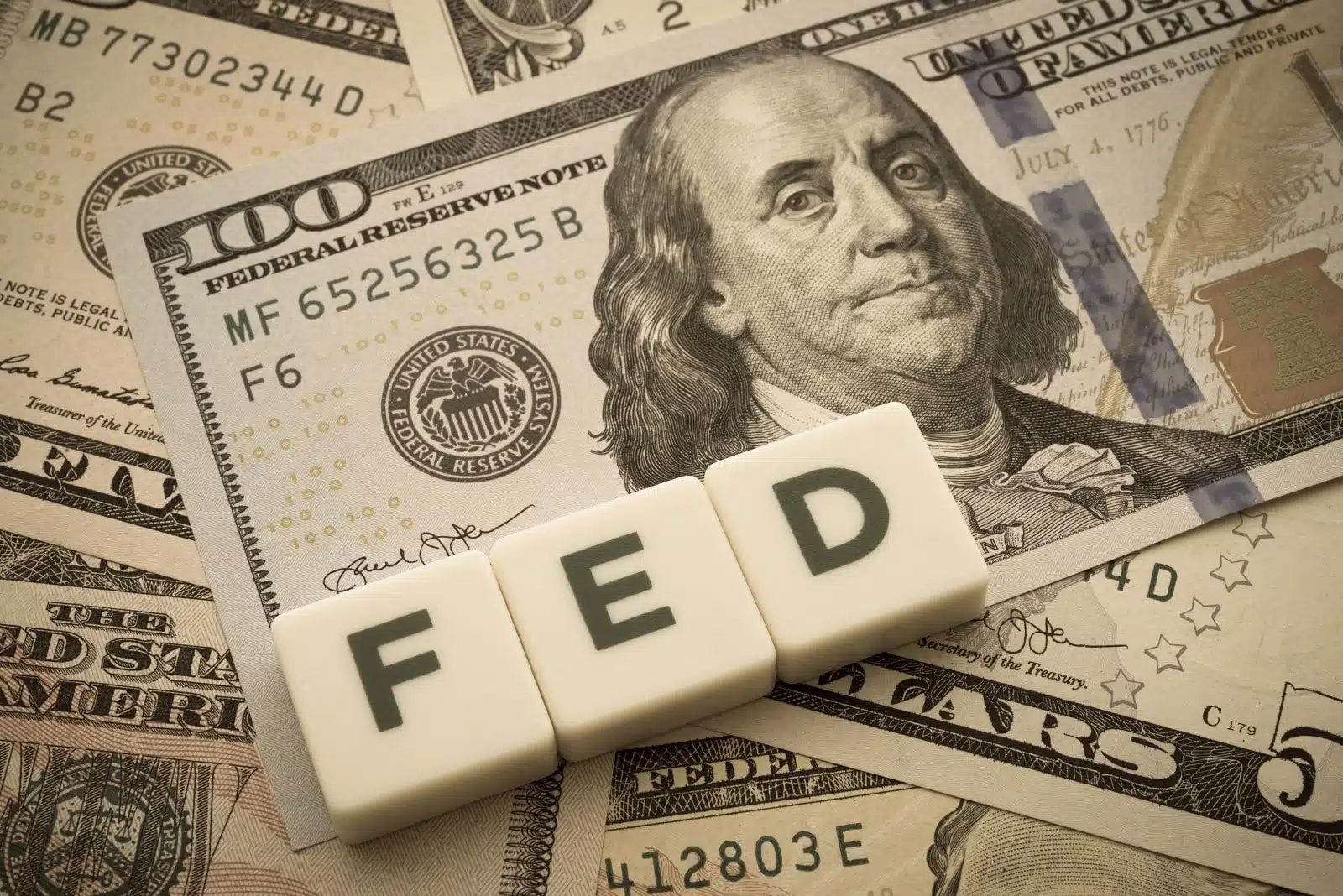
Image Credit: Shutterstock / Pla2na
After maintaining the federal funds rate at a 22-year peak, the Federal Reserve signaled an end to its aggressive stance against inflation and wage increases. Despite this, the Fed remains open to the possibility of further rate hikes should inflation reemerge, although their current prediction includes three cuts within the year.
Federal Reserve’s Stance
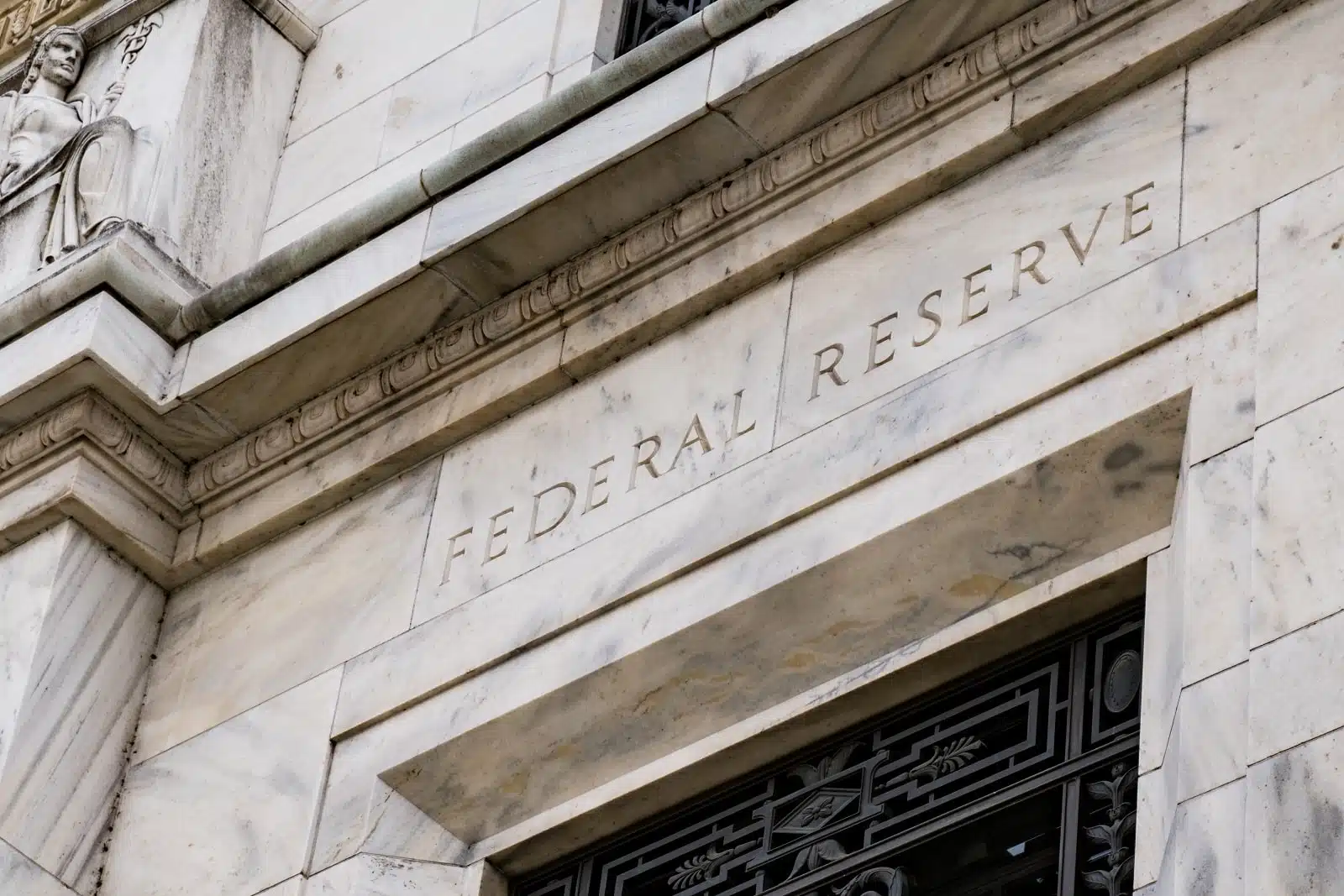
Image Credit: Shutterstock / Paul Brady Photography
Federal Reserve Chair Jerome Powell, discussing the December meeting’s outcome, indicated that the ideal federal funds rate by the end of 2024 would be around 4.6%, contingent upon economic conditions aligning with the Fed’s forecasts.
Goldman Sachs’ Predictions
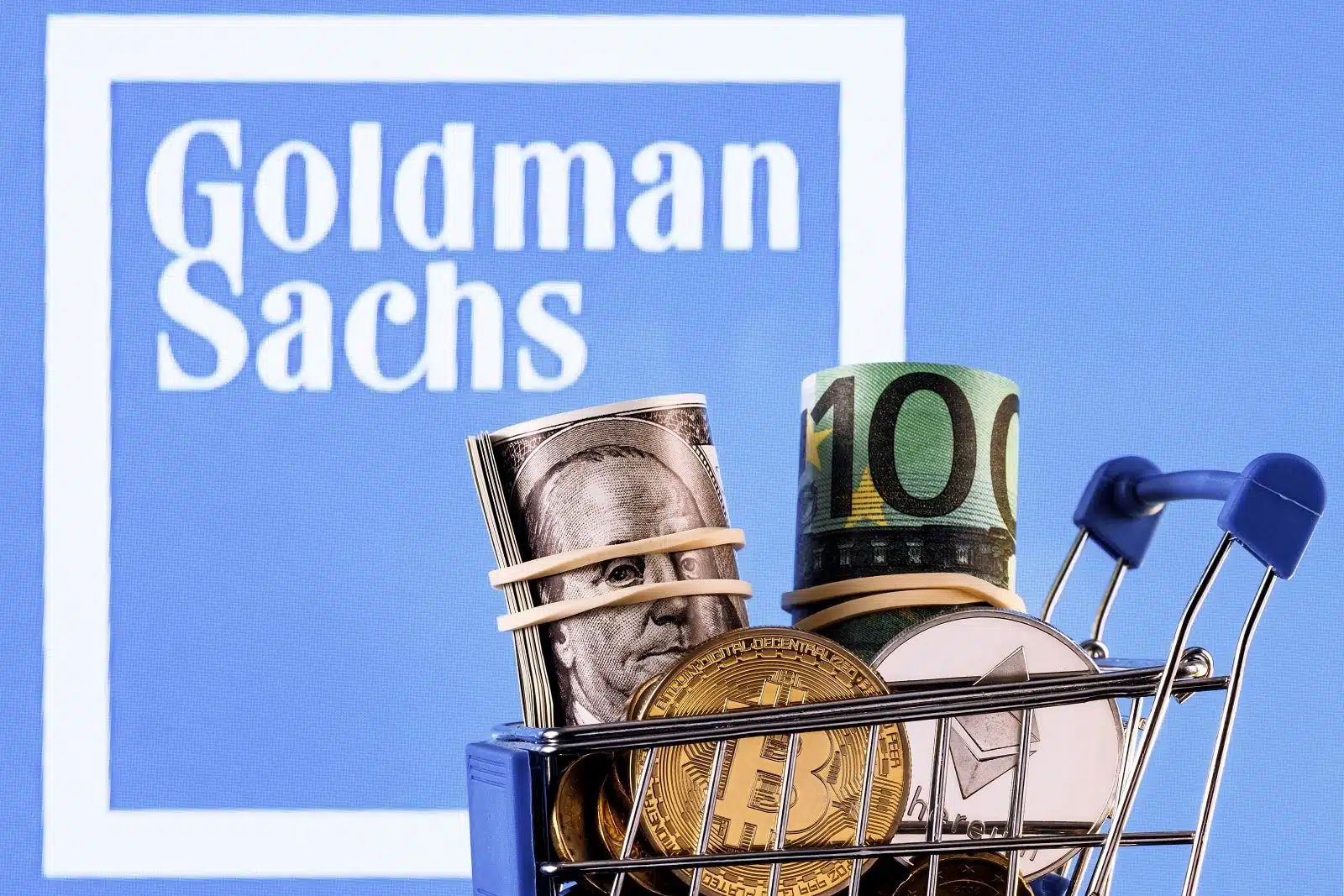
Image Credit: Shutterstock / Sergei Elagin
Economist Jan Hatzius from Goldman Sachs anticipates the initiation of rate cuts as early as March. However, contrary to market expectations of six to seven reductions, Goldman Sachs foresees a total of five cuts throughout the year, with each step being relatively modest.
Current Federal Funds Rate
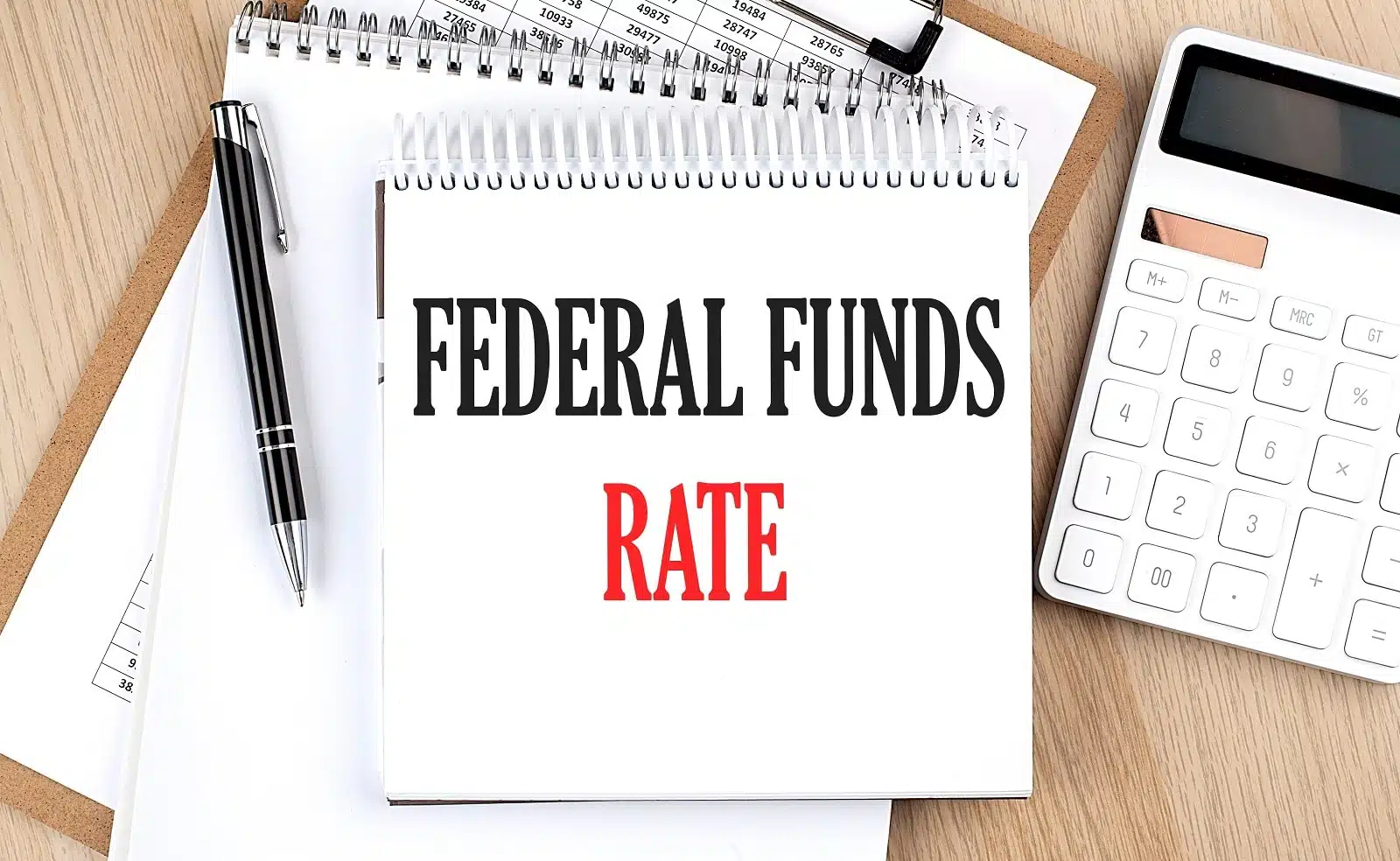
Image Credit: Shutterstock / Drozd Irina
Presently, the federal funds rate, a crucial benchmark for overnight bank loans, stands between 5.25% and 5.5%. The proposed five cuts of 25 basis points each would result in a reduction to a range of 4% to 4.25%.
Consumer Savings Implications

Image Credit: Shutterstock / Nattawit Khomsanit
For savers, the period of soaring interest rates has been beneficial, particularly with high-yield savings accounts offering returns of 5% or more. However, with the anticipated rate cuts, these yields are expected to decrease, impacting the attractiveness of such savings options.
Strategies for Savers

Image Credit: Shutterstock / Indypendenz
In light of potential rate reductions, investors might consider securing their savings in long-term certificates of deposit (CDs). Some banks are currently offering CDs with annual percentage yields nearing 5% for terms up to five years, a rate likely to decline once the Fed’s easing policy takes effect.
Mortgage Rate Dynamics
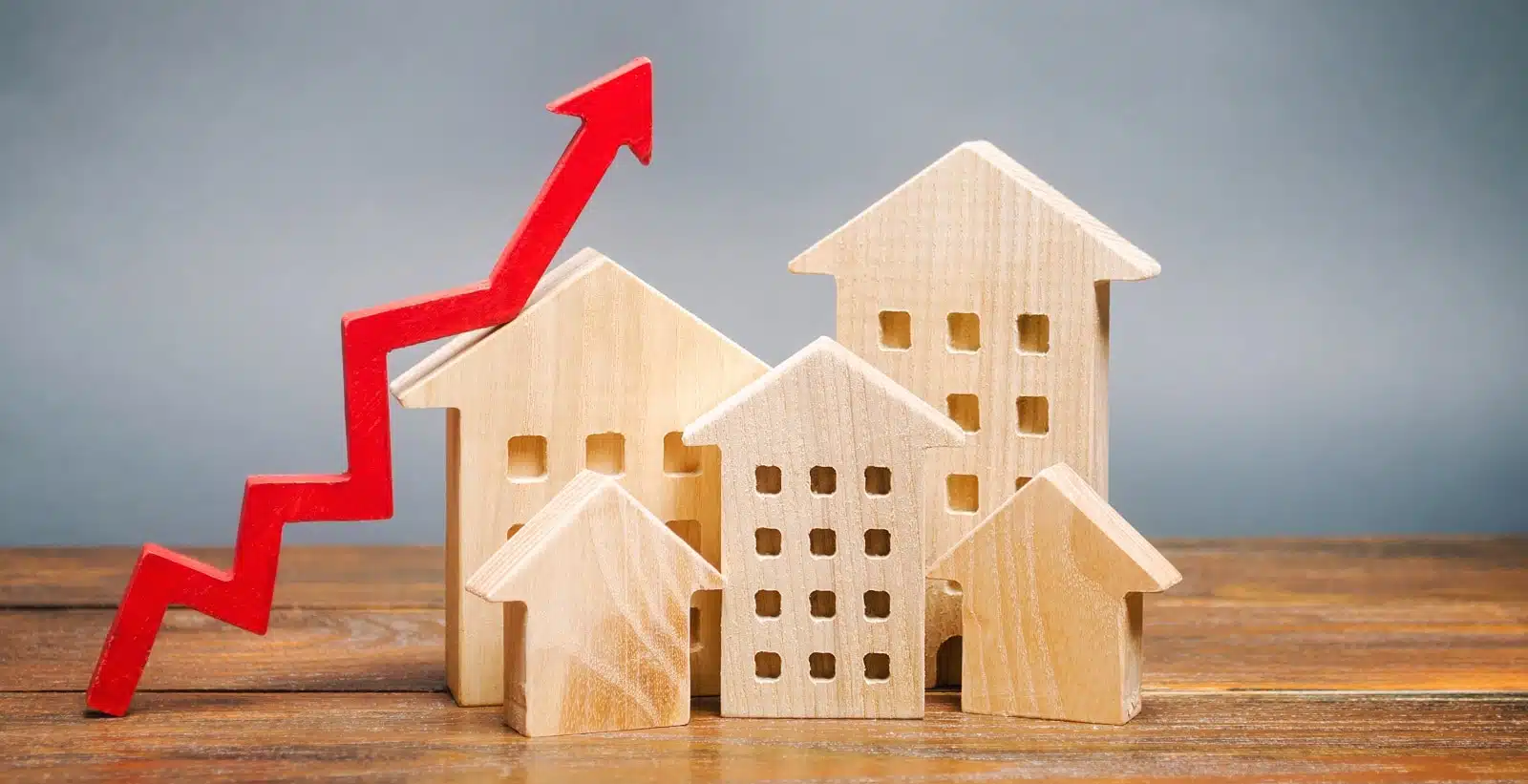
Image Credit: Shutterstock / Andrii Yalanskyi
The real estate market, particularly prospective homeowners, sellers, and those considering refinancing, is closely monitoring potential shifts in mortgage rates. Recent surveys indicate an increased optimism about a decrease in borrowing costs for home loans in the coming year.
Real Estate Market Reactions
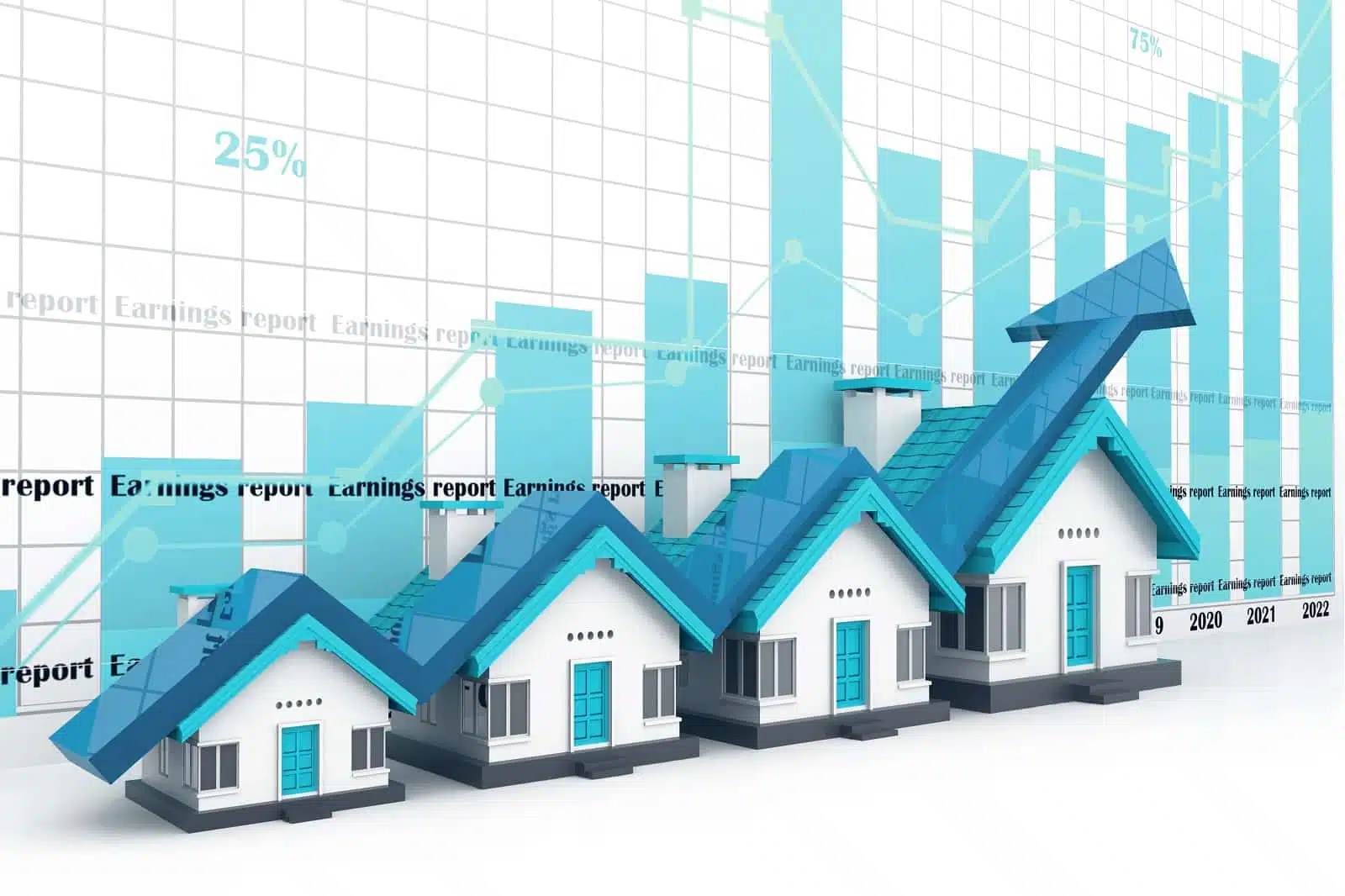
Image Credit: Shutterstock / hywards
The real estate sector, particularly those involved in mortgages, is likely to experience a shift, with potential reductions in mortgage rates influencing buying, selling, and refinancing decisions.
Mortgage Rates and Fed Policy
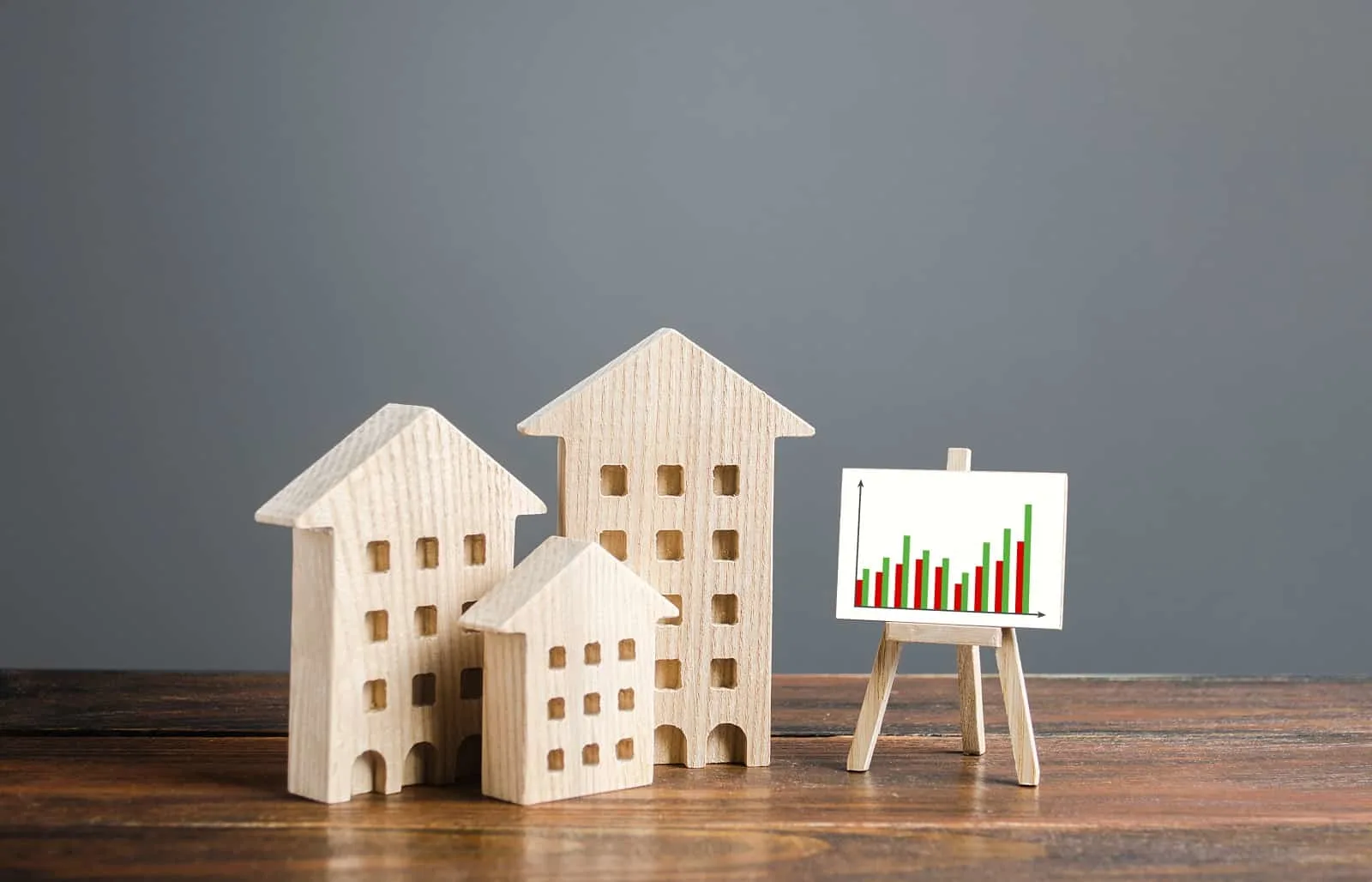
Image Credit: Shutterstock / Andrii Yalanskyi
While mortgage rates don’t directly mirror the Fed’s rate decisions, they are influenced by the yield on the 10-year U.S. Treasury note, which in turn is affected by factors such as inflation expectations, global Treasury demand, and Fed policies.
Current Mortgage Rates

Image Credit: Shutterstock / Andrii Yalanskyi
The rate for a standard 30-year fixed-rate mortgage currently sits at 6.66%, a decrease from nearly 8% observed in November. Real estate experts generally expect these rates to hover around the 6% mark.
Market Expectations
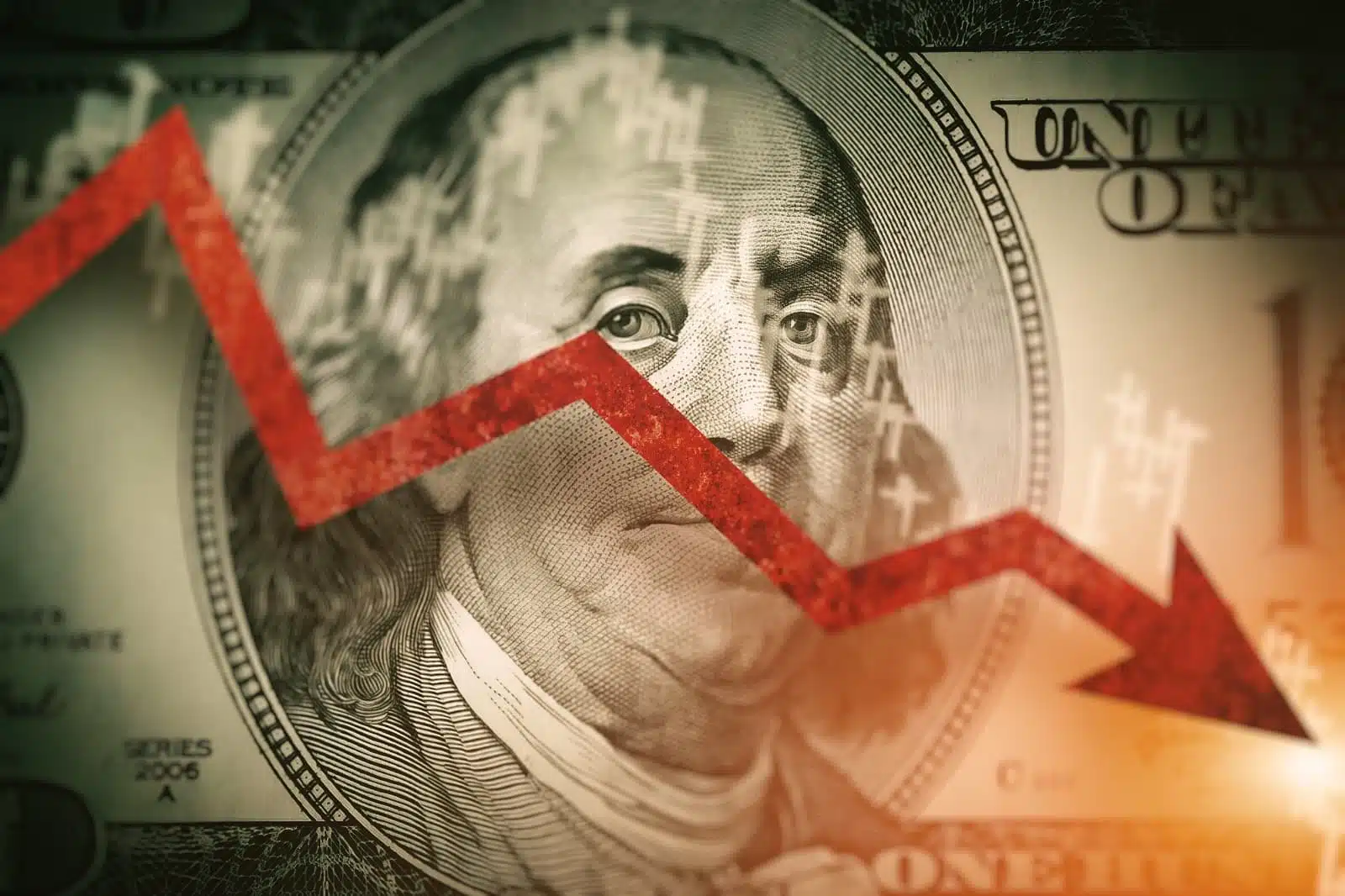
Image Credit: Shutterstock / Morrowind
According to the CME’s Fed watch tool, traders are assigning a 73% probability to the likelihood of the Federal Reserve lowering rates in March, highlighting the market’s anticipation of this policy change.
Fed Expectations
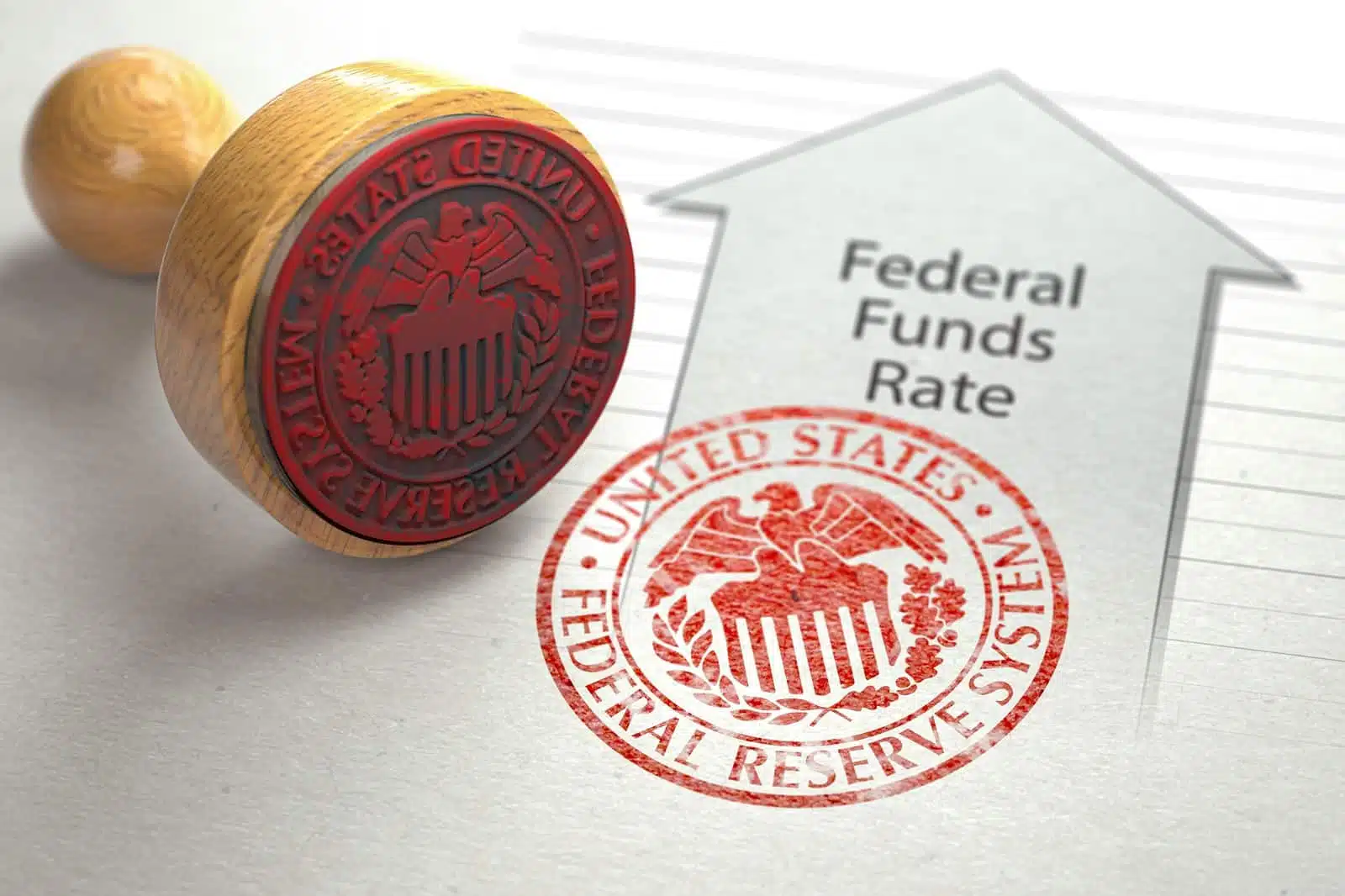
Image Credit: Shutterstock / Maxx-Studio
During a recent conference call, Jerome Powell outlining the Fed’s planned approach amidst changing economic conditions, noting, “In light of our current economic projections, we anticipate the federal funds rate to be around 4.6% by the end of 2024”.
Impacts on Savers and Borrowers

Image Credit: Shutterstock / Yanik Chauvin
These anticipated rate cuts present a dual-edged scenario. Savers, who have been Newenjoying higher yields, might witness a reduction in their returns. On the other hand, borrowers, especially those with variable-rate debts or looking to secure new loans, could benefit from lower interest rates.
Investment Strategies Post-Cuts
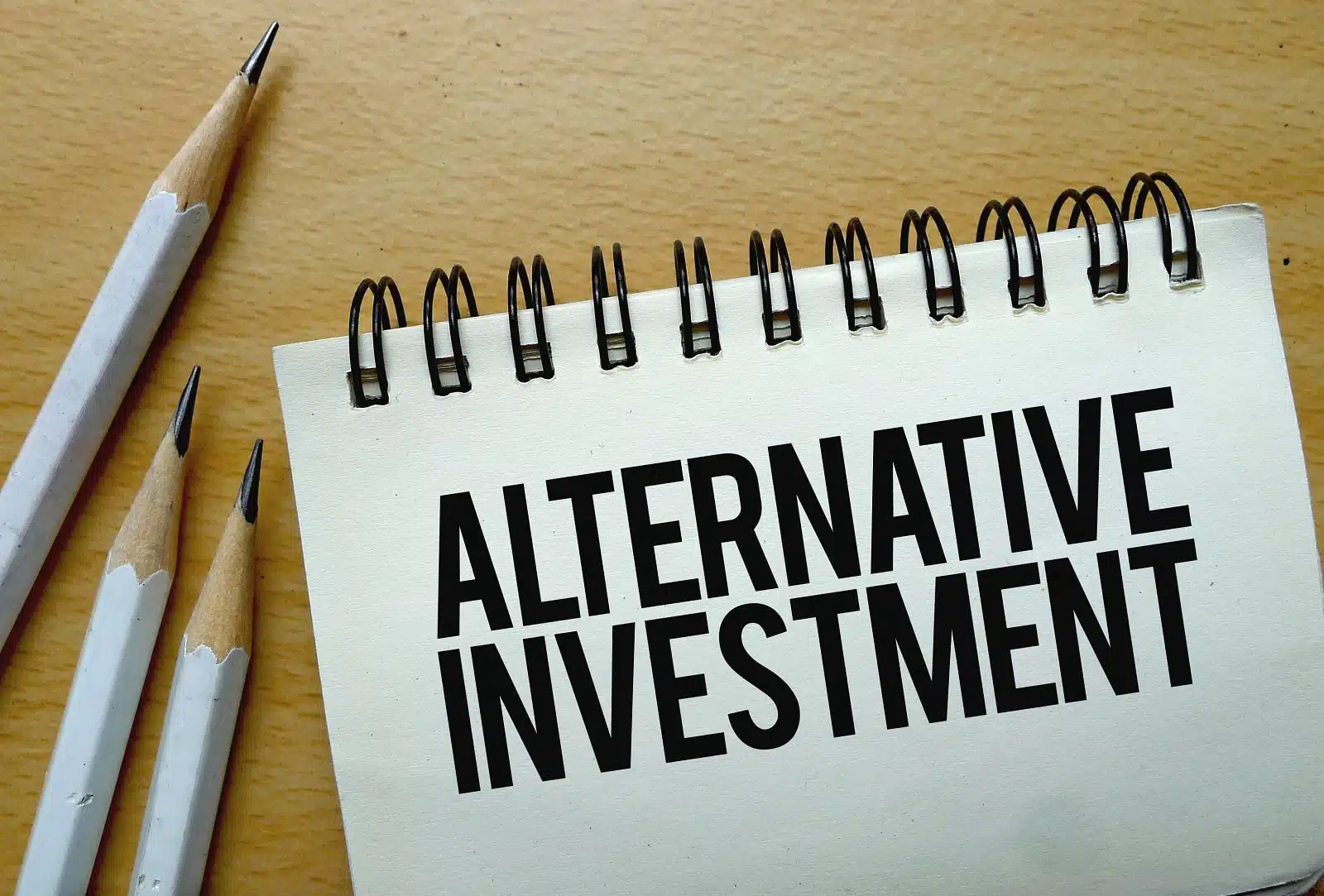
Image Credit: Shutterstock / Zuraihan Md Zain
Investors and savers need to realign their strategies in response to these changes. Options like locking in current high-yield CDs and exploring other investment avenues will become crucial.
More From The Green Voyage
Top 10 Trending Travel Destinations 2024
6 Essential Banking Apps for International Travel – Managing Your Finances on the Go
Traveling With Kids – 10 Tips to Create Memorable Family Holidays
The post Interest Rate Slash: What It Means for Your Travel Savings first appeared on The Green Voyage.
Featured Image Credit: Shutterstock / Joyseulay.
For transparency, this content was partly developed with AI assistance and carefully curated by an experienced editor to be informative and ensure accuracy.
Tips for Trip Success
Book Your Flight
Find an inexpensive flight by using Kayak, a favorite of ours because it regularly returns less expensive flight options from a variety of airlines.
Book Your Hotel or Special Accommodation
We are big fans of Booking.com. We like their review system and photos. If we want to see more reviews and additional booking options, we go to Expedia.
You Need Travel Insurance!
Good travel insurance means having total peace of mind. Travel insurance protects you when your medical insurance often will not and better than what you get from your credit card. It will provide comprehensive coverage should you need medical treatment or return to the United States, compensation for trip interruption, baggage loss, and other situations.Find the Perfect Insurance Plan for Your Trip
